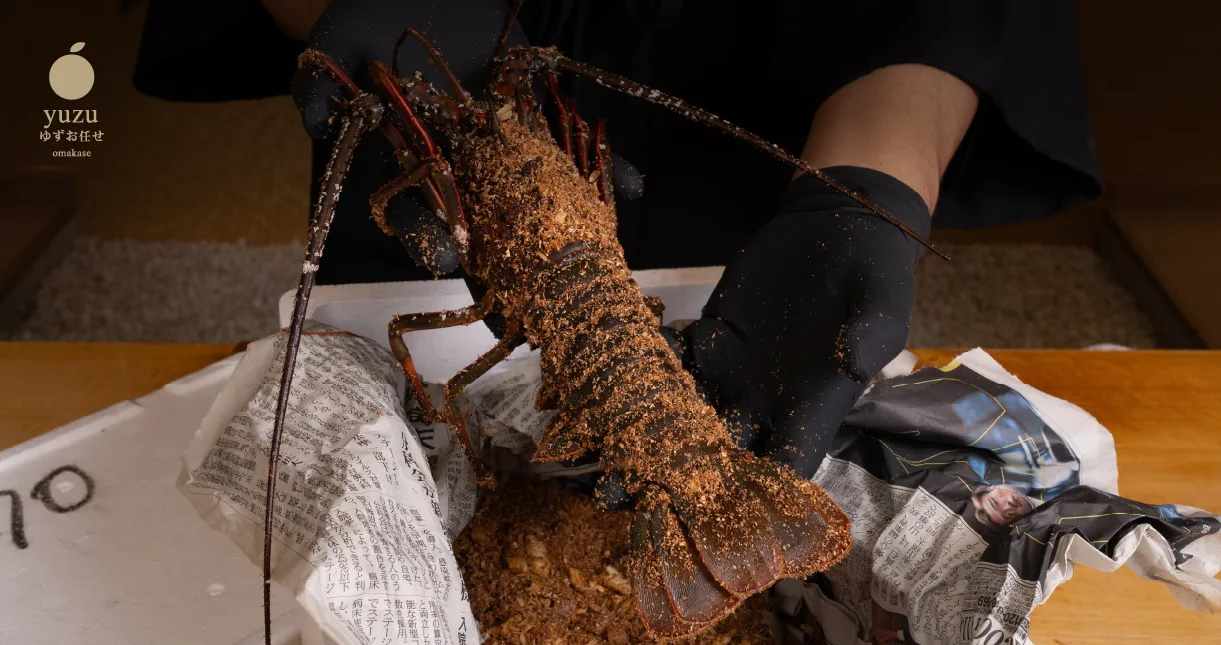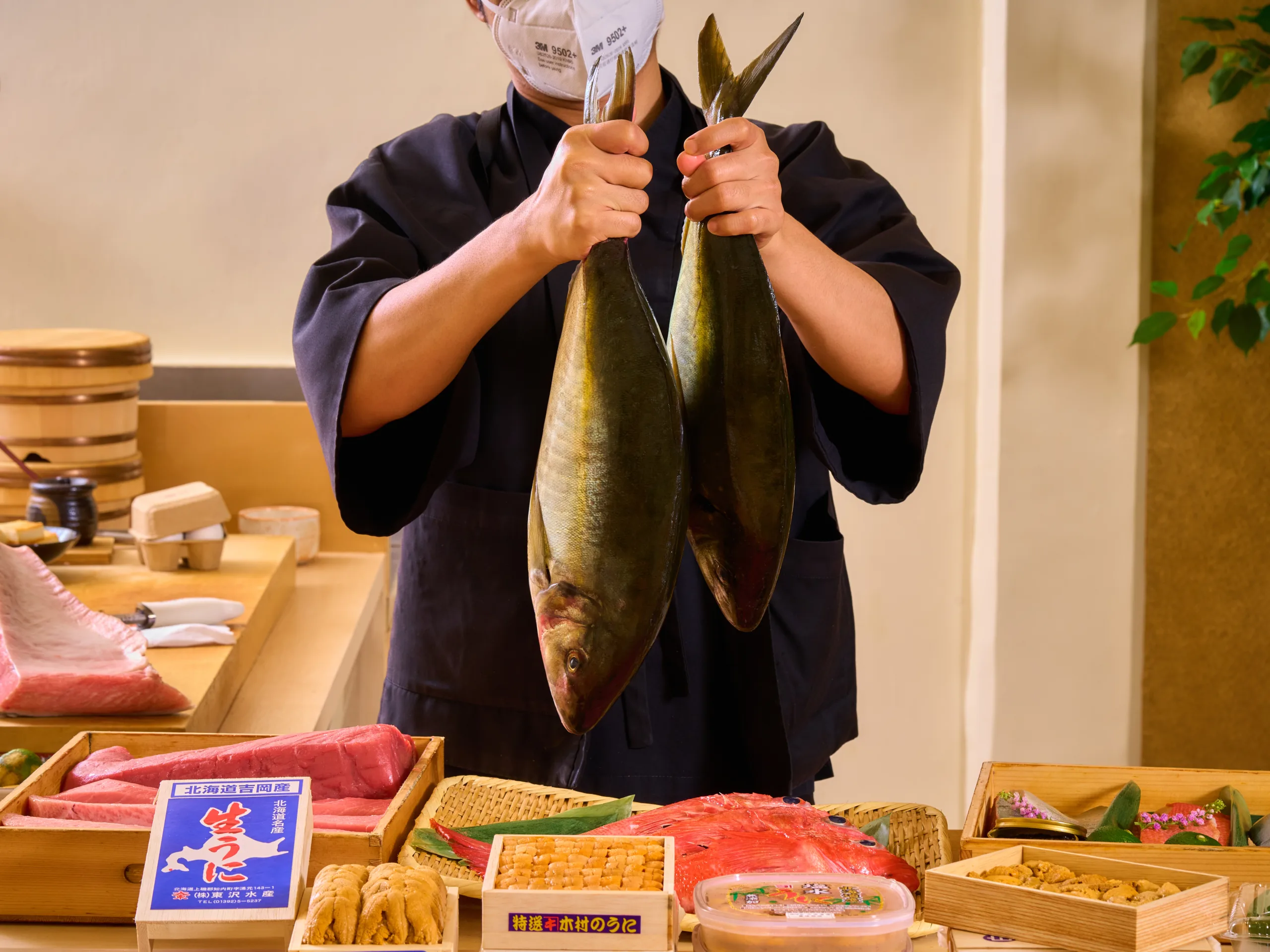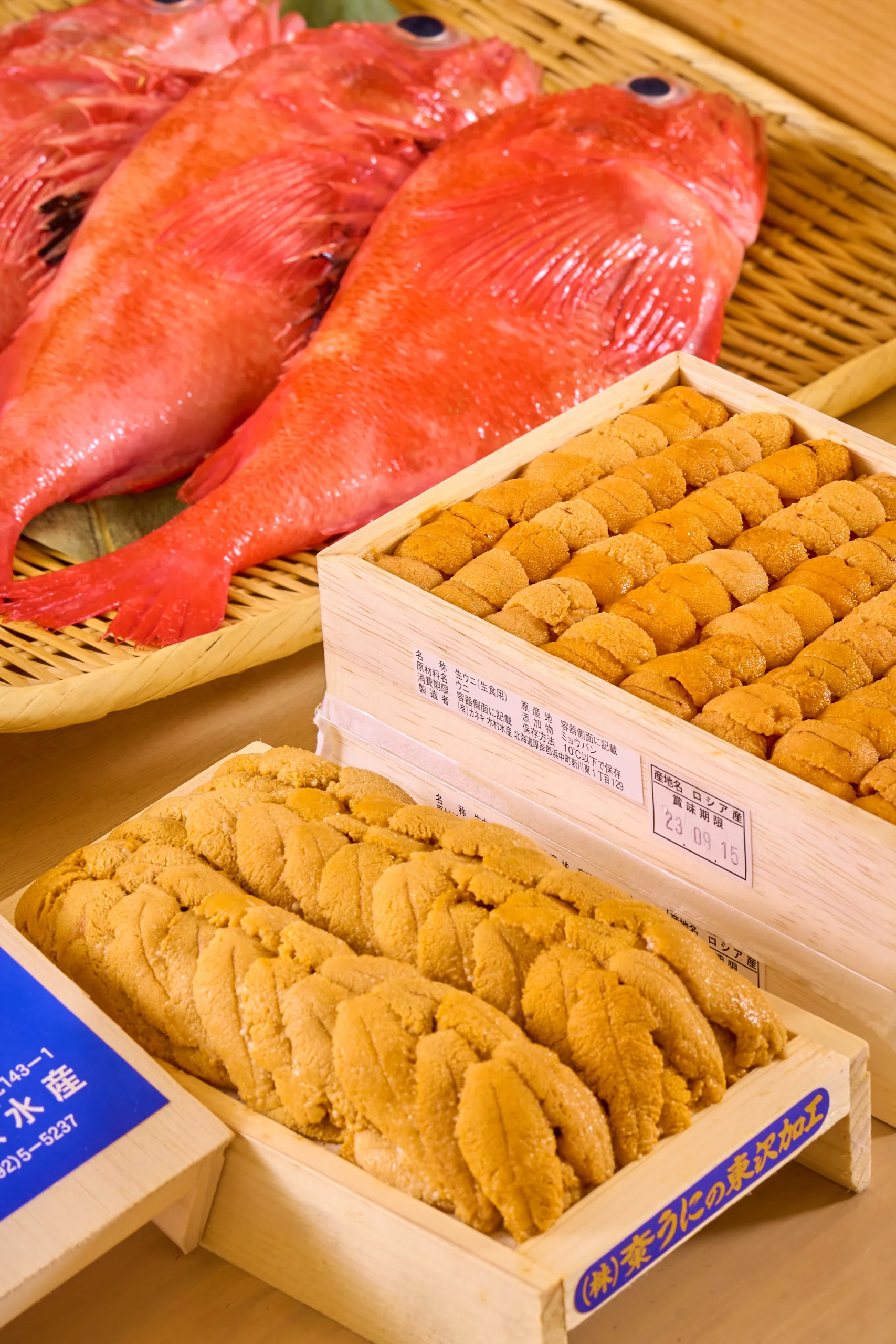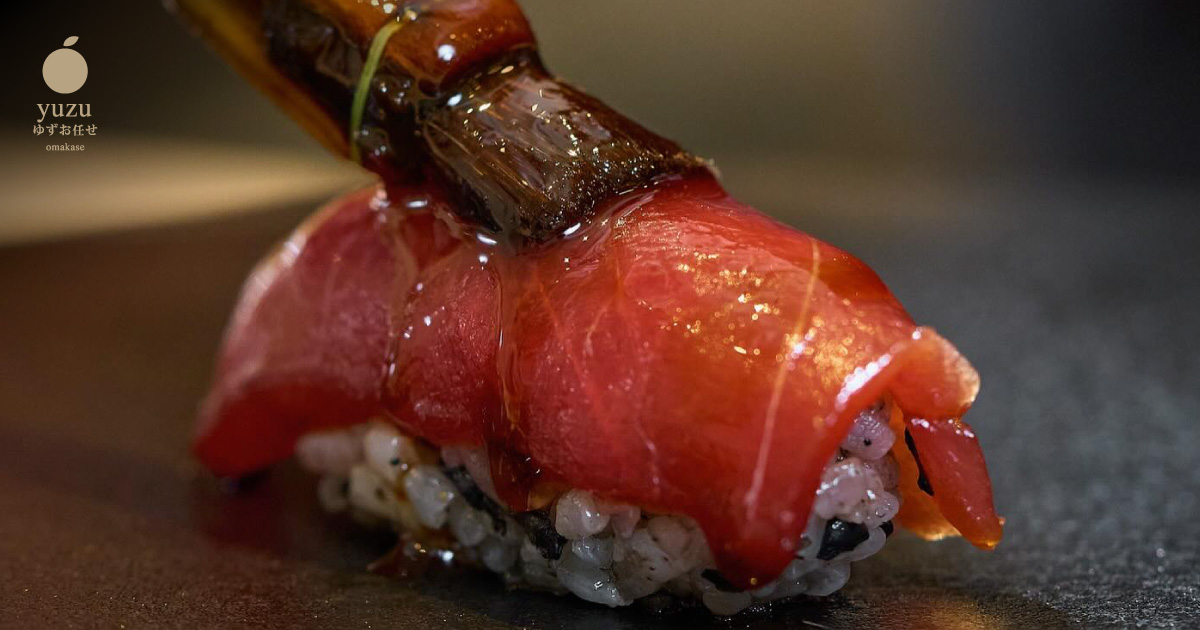
Omakase and Sustainability : Embracing Eco-friendly Practices in Thailand
Seasonal and Sustainable Fine Dining
Well-Being ● 2023 Oct 11


Incorporating eco-friendly practices into the Omakase dining experience in Thailand can be a great way to blend Japan's rich culinary tradition with sustainable and environmentally responsible practices. This can be achieved through various methods, such as…
Collaborate with local farmers and suppliers to source fresh, seasonal, and sustainably grown ingredients. This not only supports the local community but also reduces carbon emissions related to food imports. Thailand's seafood is renowned; it is crucial to ensure that the seafood used in Omakase is truly sustainably sourced.
Follow practices to reduce food waste, such as serving smaller portions or encouraging guests to request additional servings as needed. Utilize food scraps as valuable organic waste for composting and recycling wherever possible. This includes a commitment to minimizing the use of single-use plastics in our food service by replacing disposable utensils and cutlery with recyclable or compostable alternatives.
Invest in energy-efficient kitchen appliances and lighting. Ensure proper insulation and ventilation to minimize energy consumption. Consider using solar panels to harness renewable energy. Install water-saving fixtures in both the kitchen and dining areas. Train staff to be mindful of water usage and leaks. Collect and reuse water where appropriate, such as for watering plants.
Educate both staff and customers about the eco-friendly initiatives in place. Share information about ingredient sourcing, waste reduction efforts, and energy-saving measures. Engage patrons in discussions about sustainability during their dining experience. Additionally, create a dynamic Omakase menu featuring a variety of sustainably sourced ingredients. Experiment with plant-based alternatives to reduce the overall ecological impact of your meals.
Consider cultivating an on-site food forest or garden to grow some of your own ingredients. This not only ensures freshness but also reduces the need for transportation and packaging. Partner with local environmental organizations to support conservation efforts. Donate a portion of the proceeds from Omakase dining experiences to these causes.
By integrating these eco-friendly practices into your Omakase dining experience in Thailand, you can not only create a memorable culinary journey but also contribute to the preservation of the environment and support the global movement towards sustainable dining. Additionally, embracing sustainability can serve as a unique selling point, attracting environmentally conscious customers to your restaurant.

RELATE







